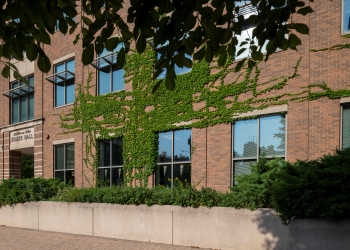- Learning Outcomes Assessment
- Program-Level Student Learning Outcomes
- Academic Program Review
- Meet the Staff
CONTACT US
Office of Assessment &
Program Review
Zilber Hall, 203
1250 W. Wisconsin Ave.
Milwaukee, WI 53233
(414) 288-8050
assessment@marquette.edu
PROBLEMS WITH THIS WEBPAGE?
Report an accessibility problem
To report another problem,
please contact
assessment@marquette.edu.
